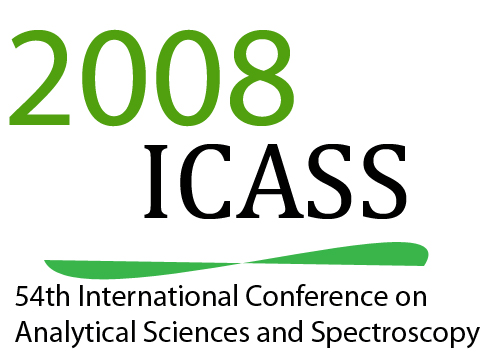
I was on the programme committee for a conference that took place last week and I chaired 2 sessions together with a colleague. Session 1 on ‘Environmental Analysis’ and session 2 on ‘Medical Applications’. It’s been a lot of fun and an interesting meeting. Participants were mostly from and around Montreal, i.e. regional with quite a few from Sudbury (so this is, what regional means in Canada ;). A few came from France, Vietnam and even Japan. Sadly, quite a few could not make it due to Visa problems!
Here is the link to the scientific programme!